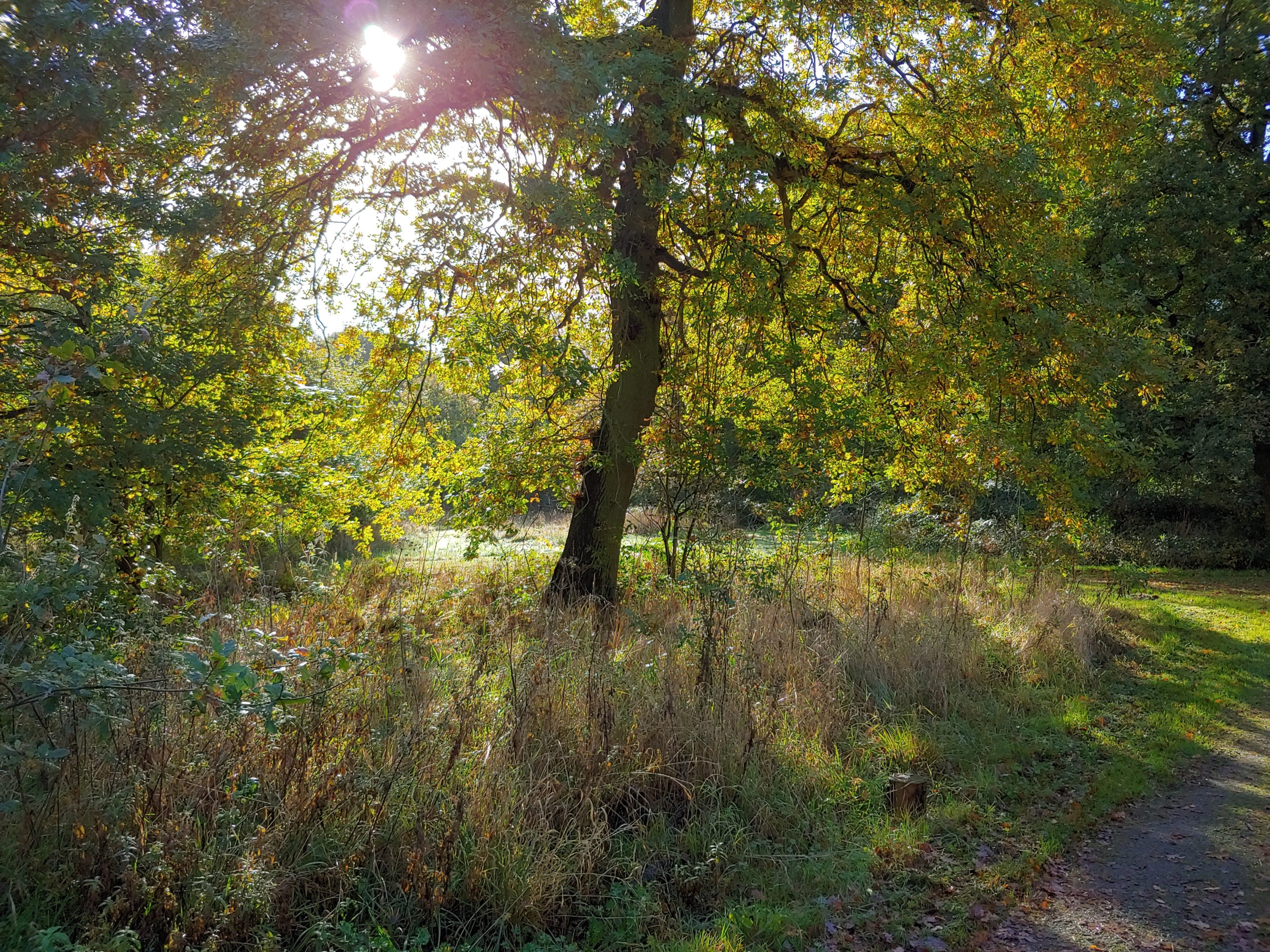Photosynthesis

Photosynthesis is the biochemical reaction through which all green plants, including trees, make their food to live and grow.
Photosynthesis takes the raw ingredients of water and carbon dioxide and uses light energy from the sun to make glucose and oxygen. In trees, this process happens on a large scale.
Water is essential to photosynthesis. It is one of the reactants needed in the biochemical reaction, and it is the job of the tree roots to search out and absorb water from the ground. The xylem cells in the tree’s trunk and branches then transport the water up to the leaves, where it is needed for photosynthesis.
The second reactant needed for photosynthesis is carbon dioxide. Trees collect carbon dioxide from the air using tiny holes on the underside of their leaves called stomata. The stomata allow the gases of carbon dioxide and oxygen to pass in and out of the leaf.
The leaves are also responsible for absorbing the sunlight needed for photosynthesis to take place. The cells of each leaf contain small organelles called chloroplasts, which contain a green substance called chlorophyll. It is the chlorophyll in the leaf that absorbs the light energy needed to turn the raw ingredients of water and carbon dioxide into glucose and oxygen.
The oxygen made from photosynthesis is released back into the atmosphere via the leaf stomata, becoming a critical part of the air we breathe.
The glucose made during photosynthesis is used by the tree for respiration, providing the tree with energy to live and also for growth and repair. It is transported via the phloem cells to growing shoots, where the sugar molecules provide the basic building blocks to make cellulose and lignin, the main ingredients of wood.
Because it is not always sunny, the rate of photosynthesis can vary. Trees also store some of the glucose for future use in the form of insoluble starch in the tissue of the trunk, branches and roots.
Photosynthesis in trees occurs on a grand scale: a fully grown oak may display over 700,000 leaves and soak up 1,400 litres of water a day.

